Molded articles and rubber-metal combindings
Structural components for technical applications
Molded articles of and combindings with Rubber
Molded articles and combindings
When it comes to sealing, damping, insulating and protecting, we design functionally molded rubber parts and composites for various applications in industry and commerce.
We are specialized for decades in the solution of technical tasks and let our knowledge in material and production incorporate in production oriented structures.

For each application, depending on required numbers, sizes and function, we offer the appropriate materials and manufacturing processes.
Use our expertise to implement your ideas into powerful components
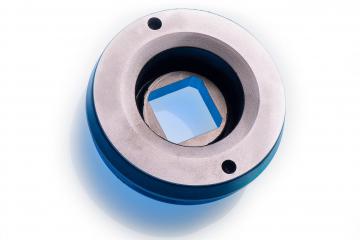
You have the idea, we have the material-related solution
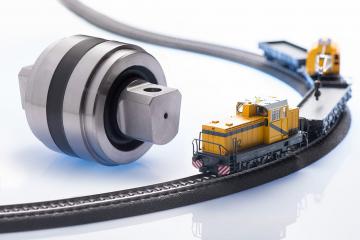
Molded parts and rubber-metal combindings
With its viscoelastic properties of rubber convinced almost every respect. Suspension and storage elements attenuate and absorb harmful vibrations. Specially shaped elastic body tightly. Rubber is an excellent insulator and protects other components have good mechanical, chemical and thermal resistance.
- Rubber moldings are resilient, incompressible, maintenance-free
- Rubber moldings damp, dense, insulate, protect and separate
Consulting / Planning
Expert advice and planning are the basics for good products. Our project managers will advise you comprehensively and competently. Talk already at the initial idea to us about a solution by rubber moldings or material combinations. Only thoughtful and mature products guarantee long term optimal performance.
- Plan with us
- Our application engineers advice you competently in all material and manufacturing issues
Product development
Our moldings are not standard products but are usually designed according to individual specifications. We construct the appropriate for your application products. For complex tasks, our designers, material technicians, production managers and logisticians develop the complete solution.
- According to your specific tasks, we develop and construct your moldings
- The focus is on function and efficiency
For every number of items and every item size the suitable production technology
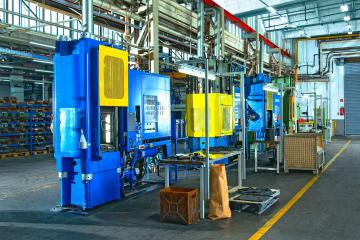
Production technology
For every number of items and all items sizes we have the appropriate equipment for the production of molded parts and composites with rubber. Tailored to your needs, if for a large-scale production or for short runs, compression, transfer and injection molding are available. And for high-volume products, we offer the very economic autoclave vulcanisation.
- Compression and transfer-moulding
- Injection-moulding for high quantities
- Large-volume products by autoclave vulcanisation

Presses
Single- and multiple vulcanizing tools are used in steam and electrically heated presses with the matching pressing areas. Also your already existing tools are welcome. Small series and simple parts are manufactured in compression molding and medium series of dimensionally demanding parts and composites in more improved transfer molding.
- With steam and electrically heated bunk presses
- press areas from 300 x 300 mm
to 1.800 x 1.800 mm - Compression and transfer-moulding
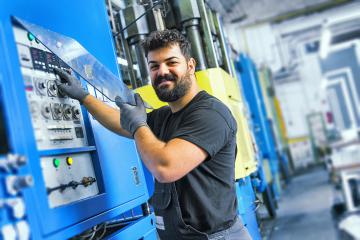
Automates
Our reliably working machines are electrically heated and are suitable for large series and products with high dimensional accuracy and large-volume parts. The vulcanization takes place at temperatures of over 200° C. Precise blends, permanently installed, directly heated tools, predefined opening sections, controlled processes and short cycle times ensure maximum economic efficiency.
- vertikal intruding automates
- dimensons from 530 x 630 mm
to 650 x 750 mm - For small parts 300 x 300 mm
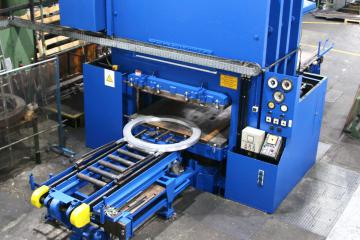
Special machines
Rubber moldings for special requirements are our specialty. These include large-volume or flat planar moldings and rubber sheets from all special mixtures. The items are made with special curing presses, which are heated electrically or by steam and can take appropriate tools. Hydraulic removal devices ensure short cycle times.
- Bunk presses with sizes from 1.000 x 1.000 mm up to 1.800 x 1.800 mm
- Automates with large press areas and according injection volume
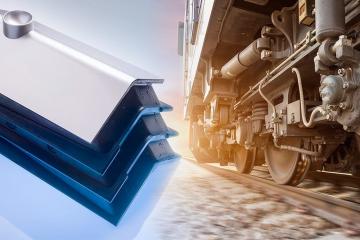
Combindings with rubber
Components from the combination of different materials are used in all industries. They combine the typical positive properties of the materials involved and provide specific functionalities. Rubber-metal elements e.g. have the elasticity of rubber and at the same time the strength of metal. We can handle all types of material combinations.
- material combination: rubber-rubber
- material combination: rubber-metal
- material combination: rubber-tissue
- material combination: rubber-thermoplastic

Connection types
With low demand on the bond strength positive partial connections are sufficient. Incompatible materials and products with high demands on the other hand require the use of primers on metal or tissues and chemical bonding agents to achieve positive connections. For rubber and plastic combinations direct composites are the appropriate connection type.
- Form bonded connections for parts with low requirements
- Power bonded connections by using primers and bonding agents
- direct bonding with compatible materials
Performance by professional coordination of internal and external processes
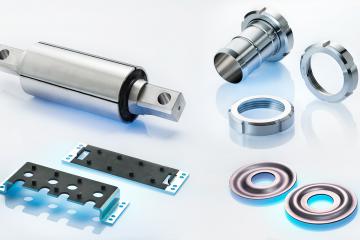
Metals and preparation
As Reinforcements iron, steel, aluminum, brass, bronze and copper are used. For a permanent connection the proper pretreatment of the metal parts is of high importance. In order to remove the existing oxide layer and to increase the surface, we blast the metals, degrease them and prepare them with primer and chemical coupling agents. It also creates the required corrosion protection.
- Different materials are used for connections
- Depending on the rubber mixture balanced chemical adhesions are used
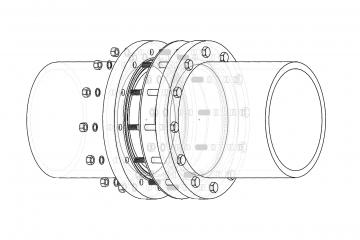
Tool concept
Exact drawings and 3D CAD solid models are usually the basis for the coordinated and coherent conception of the very costs intensive vulcanisation tools. Metal, structure, size and caliber number of tools are largely determined by the geometry of the article, the used mixture, the manufacturing processes and the intended duration of the component.
- Tooling is a very complex task
- Tool concepts parallel to the product design
- Conclusive concept for a safe process and economical production
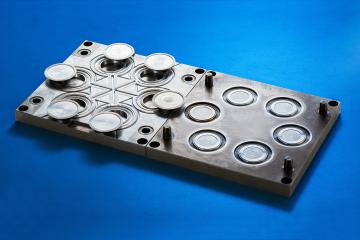
Tool types
Vulcanizing tools be turned, milled or eroded and are formed depending on the manufacturing process as a single- or transfer compression and injection tool. For the transfer molding e.g. at least three-piece piston forms with appropriate injection ducts are required. Injection tools that are permanently installed, have also led cores or lifters.
- Use of metal molds
- Single- and multi-part tools
- Fixed injection molds
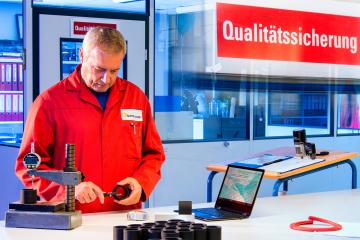
Completion / control
In addition to the automatic deburring, conventional pressed articles and such with complicated geometries are finished manually. Every article has always to be inspected visually as well. So functionally relevant features can be monitored and an impeccable quality of series parts can be ensured.
- Composites usually require a manual finishing
- 100% manual final inspection
- Monitoring of features
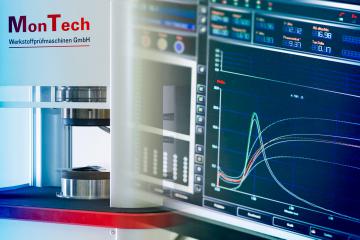
Product tests
In our laboratory we perform to control the mechanical, physical-chemical and electrical properties by certain mechanical-dynamic tests either according the standards or custom test sequences. For any other analyzes and tests we cooperate with the German Institute of Rubber Technology (DIK) or the Technical University in Hannover.
- Material tests on vulcanized test specimens
- Custom tests with standard test equipment
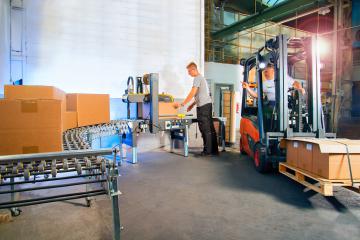
Logistics
We prepare moldings and composites of rubber in several steps and we reserve all raw materials. Through a sophisticated internal and external logistics, we react quickly and flexibly to individual customer requirements. The required electronically supported information and the material flow ensure the availability and the timely delivery.
- Our production takes place order-related
- Well-sorted raw material storage
- Electronically supported inforaion flow
